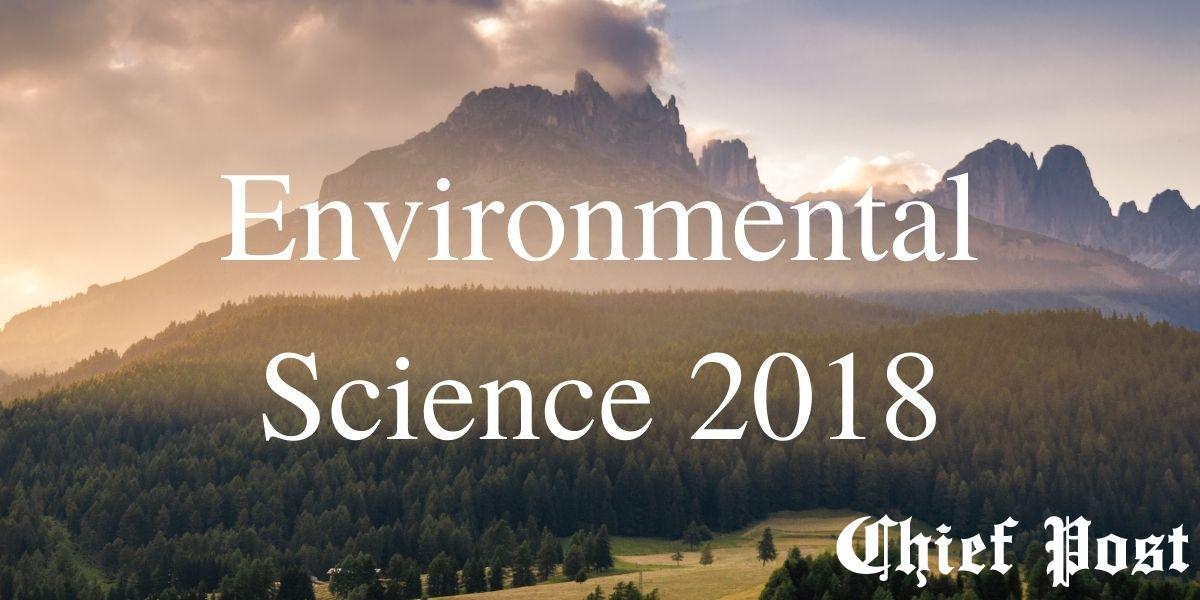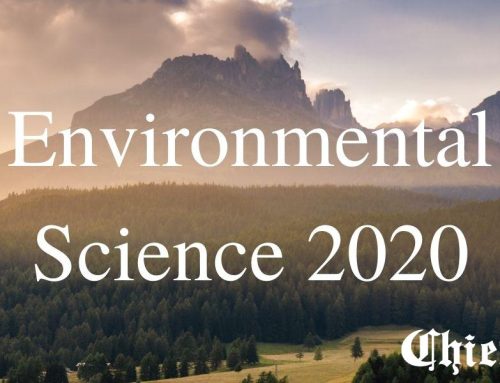
Environmental Science 2018 — CSS Past Paper
FEDERAL PUBLIC SERVICE COMMISSION
COMPETITIVE EXAMINATION-2018 FOR RECRUITMENT TO POSTS IN BS-17
UNDER THE FEDERAL GOVERNMENT
ENVIRONMENTAL SCIENCE
TIME ALLOWED: THREE HOURS
PART-I(MCQS): MAXIMUM 30 MINUTES
PART-I (MCQS) MAXIMUM MARKS = 20
PART-II MAXIMUM MARKS = 80
NOTE:
- (i) Part-II is to be attempted on the separate Answer Book.
- (ii) Attempt ONLY FOUR questions from PART-II. ALL questions carry EQUAL marks.
- (iii) All the parts (if any) of each Question must be attempted at one place instead of at different places.
- (iv) Write Q. No. in the Answer Book in accordance with Q. No. in the Q.Paper.
- (v) No Page/Space be left blank between the answers. All the blank pages of Answer Book must be crossed.
- (vi) Extra attempt of any question or any part of the question will not be considered.
PART – II
Q. No. 2
(a) Write a detail note on Alternative Energy Resources.
(10)
(20)
(b) What are the Environmental Impacts on food production?
(10)
Q. No. 3
(a) What are the events that triggered the interest in bioremediation?
(07)
(20)
(b) What are different steps in anaerobic treatment for biogas generation?
(07)
(c) Write a note on Environmental Geology.
(06)
Q. No. 4
What is meant by smog? Explain the main causes of smog in Punjab. Summarise the effect of key meteorological factors on dispersion of pollutants in the atmosphere.
(20)
(20)
Q. No. 5
(a) Elaborate the concept of greenhouse effect and its importance to global climate.
(08)
(20)
(b) What are drivers and indicators of Climate Change and how they effects the natural and societal system.
(12)
Q. No. 6
(a) What are the key factors of National Climate Change Policy 2012?
(10)
(20)
(b) Write a brief note on National Drinking Water Policy 2009.
(10)
Q. No. 7
(a) Discuss Briefly some Common Types Occupational Health & Safety Hazards.
(05)
(20)
(b) Give a brief about Environmental Impact Assessment (EIA) procedural stages? In the context of EIA, what type of information is gathered when establishing a baseline?
(15)
Q. No. 8
Write short notes on any FOUR of the Following:
(a) Wetlands (b) Carbon Footprints
(c) Ozone Depletion (d) REDD+
(e) Desertification (f) GIS & Remote Sensing
(05 each)
(20)
**********









